How Fast Is a Cessna 172? Discover Its Top Speed & Performance
Mar 26, 2025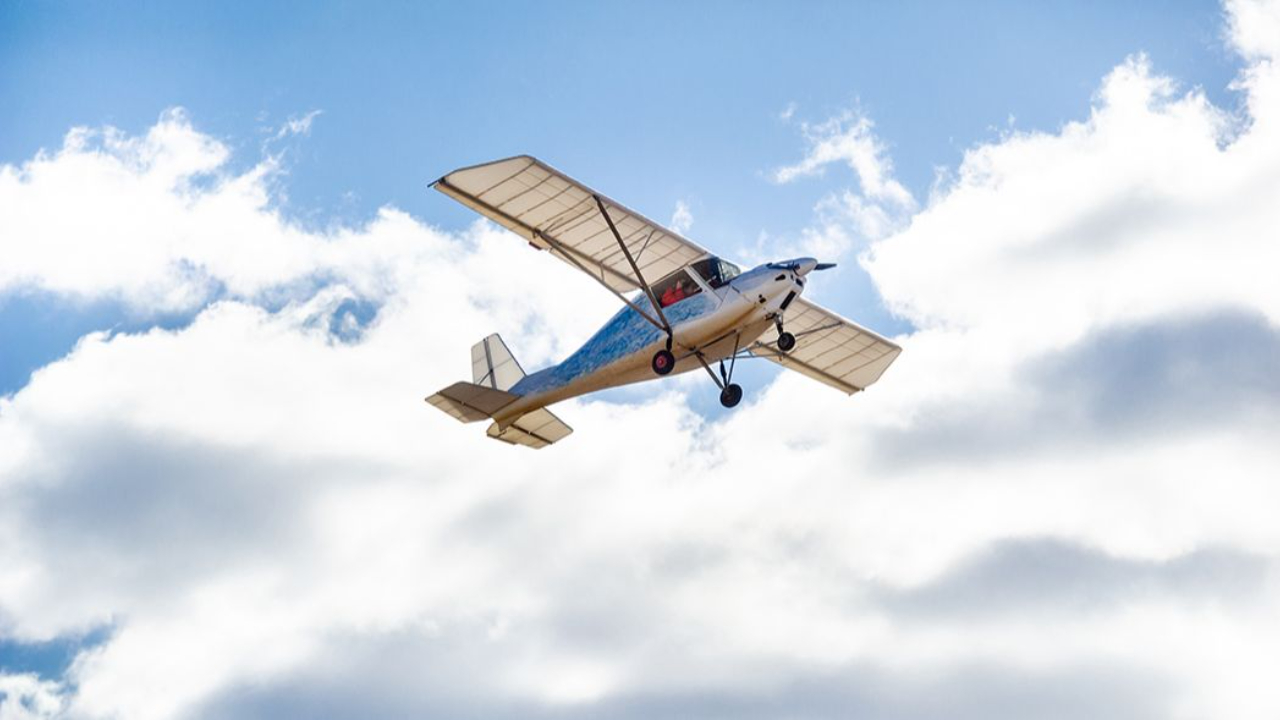
A Cessna 172 Skyhawk has a top speed of around 140 knots or 161 mph. It’s fast and reliable, that’s why it’s a popular choice in general aviation.
In this article we’ll delve not just how fast is a Cessna 172 but also its cruise speed, climb performance and other factors that affect its overall performance.
Key Takeaways
-
A Cessna 172 has a maximum speed of about 140 knots (161 mph) good for training and longer flights.
-
It has a climb rate of around 800 feet per minute and a service ceiling of 13,000 to 15,000 feet, very versatile.
-
Weight, weather and engine power affect the Cessna 172’s speed and overall efficiency.
Maximum Speed of the Cessna 172
The Cessna 172 has a great top speed of around 140 knots or 161 mph. That’s a solid option for general aviation flying.
Years of evolution have added to the aircraft’s speed and overall capability and that’s why the Cessna 172 remains competitive in the market.
It’s often considered one of the successful light aircraft due to its combination of performance, reliability, and long-standing popularity in the aviation world.
Let’s get into the nitty gritty of the peak and cruise speed and you’ll see how important they are in aircraft performance. Each version of this Skyhawk has managed to get the balance right between fast speeds, fuel efficiency and reliability – the reasons why it’s one of the best light aircraft out there.
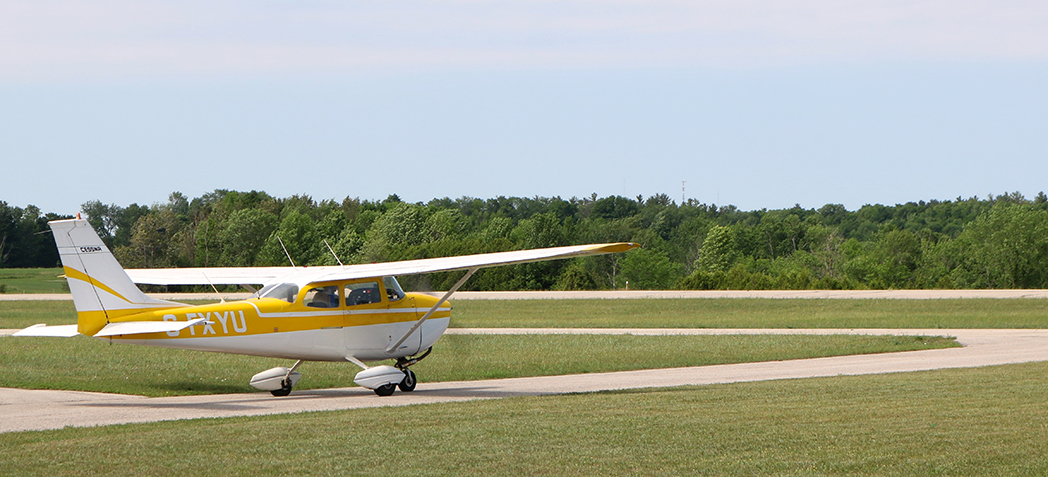
Top Speed
The Cessna 172 is so popular among pilots because of its top speed. It goes 140 knots, that’s 161 mph. That’s fast enough for instruction and long cross country’s and makes it an efficient machine to fly long distances and a work horse in many types of flying.
When the original 172 came out it had a higher top speed of 163 knots. Today’s 172’s have a slightly lower top speed than the old ones but make up for it in other areas.
When compared to another Cessna product, the Cessna 152 which tops out at 125 knots the Skyhawk’s speed is obvious.
Cruise Speed of Cessna 172
Cruise speed is a big part of the Cessna 172 Skyhawk’s performance, it flies around 122 knots or 140 mph. It’s an efficient choice for general aviation airplanes and pilots who want speed and dependability.
Over the years there have been improvements to the cruise speed of this airplane. The original flew around 120 knots cruise.
The newer models flies 124 knots. Thanks to aerodynamic design and engine technology improvements the Cessna is still ahead of the curve for time en route compared to other light airplanes in its class.
Flight Nerd Air Force
we provide resources to help you master the world of aviation, from understanding the Cessna 172’s flight characteristics to planning your training success. Join our community to receive expert tips, on-demand courses, and guidance from seasoned pilots who have over 20 years in the industry.
Your Flight Plan to becoming a confident pilot starts here. Whether you’re interested in the Cessna 172’s landing techniques, its comparison to other aircraft like the Piper Archer, or how to optimize fuel burn, our community at Flight Nerd Air Force offers the support you need.
Climb Performance and Service Ceiling
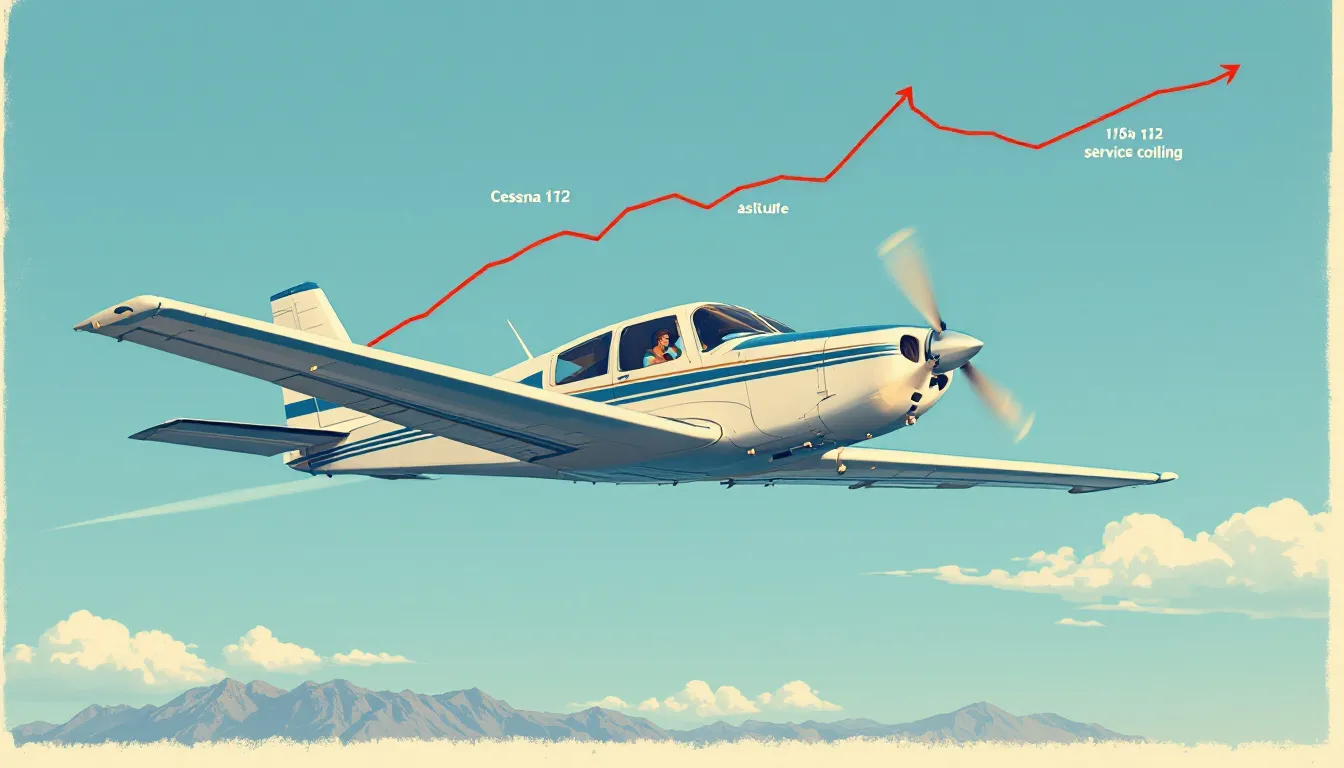
Being able to climb well and reach a decent service ceiling is key to an aircraft’s ability to fly through different altitudes and around obstacles.
In this regard the Cessna 172 is a great all-rounder for all your flying needs in aviation with its great climb and high-altitude capabilities. Typically, the Skyhawk can fly from 13,000 to 15,000 feet, and the Cessna 172 max altitude is around 14,000 feet, providing flexibility for different flight situations.
When you look at the climb rate and service ceiling of the Cessna 172 you can see how important they are in the overall functionality of the aircraft.
Pilots flying this model need to know all about these so they can handle various flying situations safely and efficiently.
Climb Rate
The Cessna 172 has a climb rate of around 800 fpm which is pretty impressive for a piston aircraft. It’s a big help in making altitude adjustments quickly so you can get to your cruising altitude fast. Especially if you need to get around obstructions and get to your preferred cruising level pronto.
Under normal conditions the Cessna 172 can climb at around 100 fpm until it reaches its service ceiling. The consistent climb rate proves the durability and efficiency of the engine and the design of the aircraft – both good things for a pilot who needs climbing power they can count on.
Factors Influencing Speed
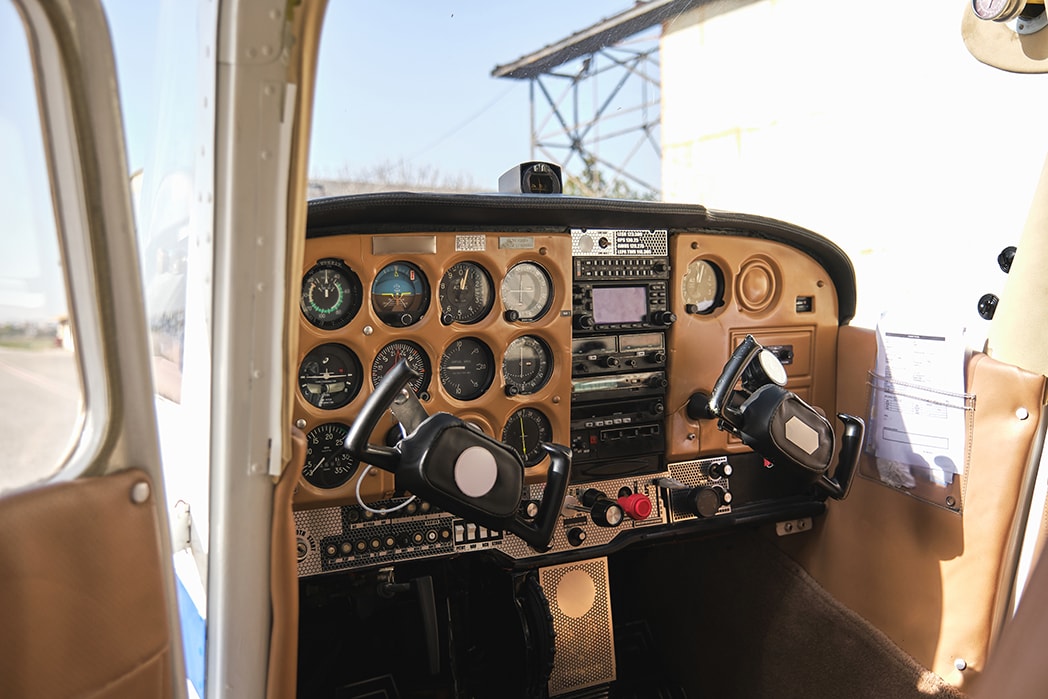
Several factors affect the Cessna 172’s speed. These are weight and load, weather and engine. Pilots need to understand how this impact the Skyhawk.
Let’s dig into each of these factors to see how they affect the Cessna 172’s speed and performance. Understanding these will help pilots make informed decisions to enhance their flying and ensure safe and efficient ops.
Weight and Load
The Cessna 172’s speed and performance is greatly affected by its weight and load. With a max gross weight of around 2,450 pounds, we don’t want to exceed this or it’s not safe and will impede performance. Increased loads will reduce speed and climb rate and make the aircraft less efficient.
Thanks to its bigger useful load capacity than smaller aircraft like the Cessna 152, the Cessna 172 can carry more passengers or cargo.
But pilots have a responsibility to balance the aircraft’s weight for peak performance and safe flying.
Weather Conditions
The Cessna 172 is highly weather dependent, strong headwinds will slow it down, tailwinds will speed it up. Pilots need to be aware of wind turbulence and prevailing wind patterns to adjust their flight plan accordingly.
To fly safely and efficiently pilots need to understand how weather affects the Skyhawk. They should monitor the weather and adjust for any expected conditions so they can maximize their flying time and have a smooth flight.
Engine Performance
The engine is key to the Cessna 172’s speed and efficiency. With a 180-horsepower engine, this is critical to the Skyhawk’s reliability. Both the type and condition of the powerplant affect many things such as flight speed, climb rate, fuel consumption, and even the takeoff distance.
A well-maintained engine ensures optimal performance for a shorter takeoff roll, which is especially important in confined spaces.
To keep at peak performance and safe flying conditions regular maintenance and thorough inspections of the engine are essential.
Pilots should monitor their aircraft’s mechanical health so they can adjust when needed. This vigilance will keep efficiency and reliability during flights in the Cessna.
Real-World Applications of Cessna 172 Speed
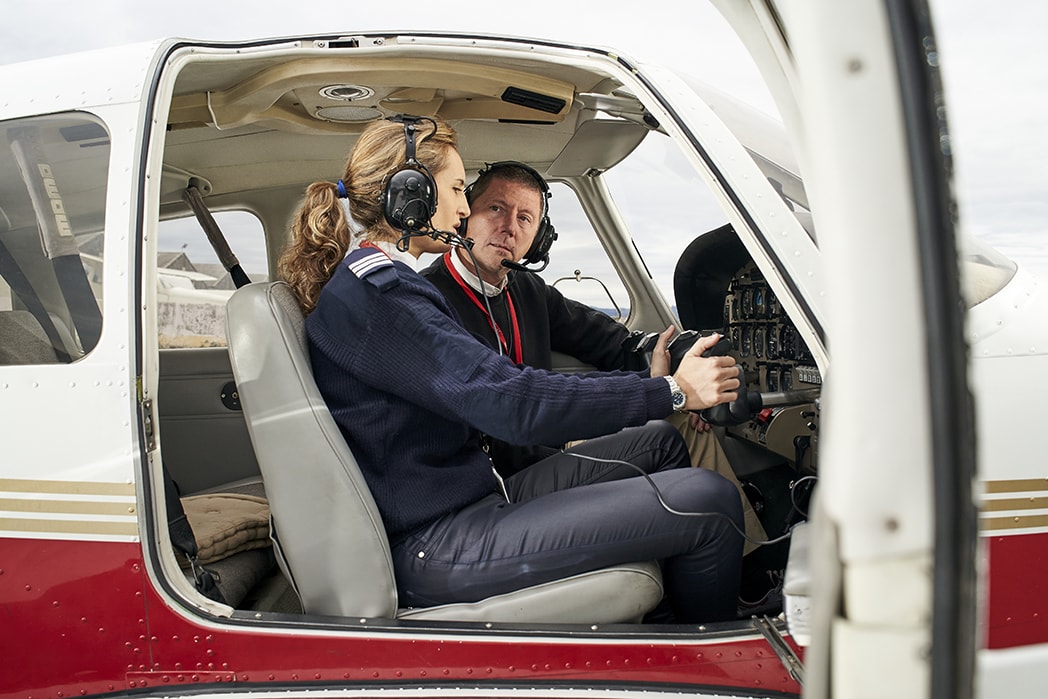
The Cessna 172 speed makes it a great tool for a wide range of aviation uses. This is the Skyhawk, it’s a workhorse and is well respected whether you use it for flight training, personal flying or commercial operations.
We’ll look at how the speed of the Cessna 172 applies to different areas of aviation.
Let’s get into specific use cases and see how valuable the speed of this iconic plane is when used in flight training programs, personal travel and business flights. Then you’ll understand just how versatile this plane really is.
Flight Training
Flight schools and training programs prefer the Cessna 172 because of its balance of speed and ease of control. It’s a gentle flying machine perfect for training, especially for new pilots. The stability and reliability of the Skyhawk create a safe training aircraft environment where students can develop their skills with confidence.
For those considering flying careers, the Cessna 172 offers a solid foundation, making it an excellent choice for aspiring aviators.
Compared to other training planes like the Piper PA-28, the Cessna has better fuel economy and more cabin space making it more comfortable and cost effective. Slow landing speeds and quick emergency landings gives more safety for student pilots.
Private Aviation
Because of its reliable speed and fuel economy the Cessna 172 is a favorite among private pilots for personal flying.
It can efficiently go long distances, making it a great choice for both recreational and business trips. Private pilots get a smooth flying experience with the combination of speed, comfort, reliability, and forgiving flight characteristics that this Skyhawk offers.
Aviators looking for a steady and efficient means of personal transport turn to the Cessna 172’s versatility. That’s why it’s a top choice among their aviation options.
Commercial Use
The Cessna Aircraft Company says the Cessna 172 hits the sweet spot for commercial use by balancing speed and efficiency.
The Skyhawk is great for small businesses, gets you there fast and can do air taxi work because it’s quick. Engine mods can add to both the speed and climb performance of the aircraft.
As the mods show, the Cessna 172 is an economical choice in commercial aviation. It’s reliable for use in everything from aerial surveys to air taxi to small business work.
Comparing Cessna 172 to Other Aircraft
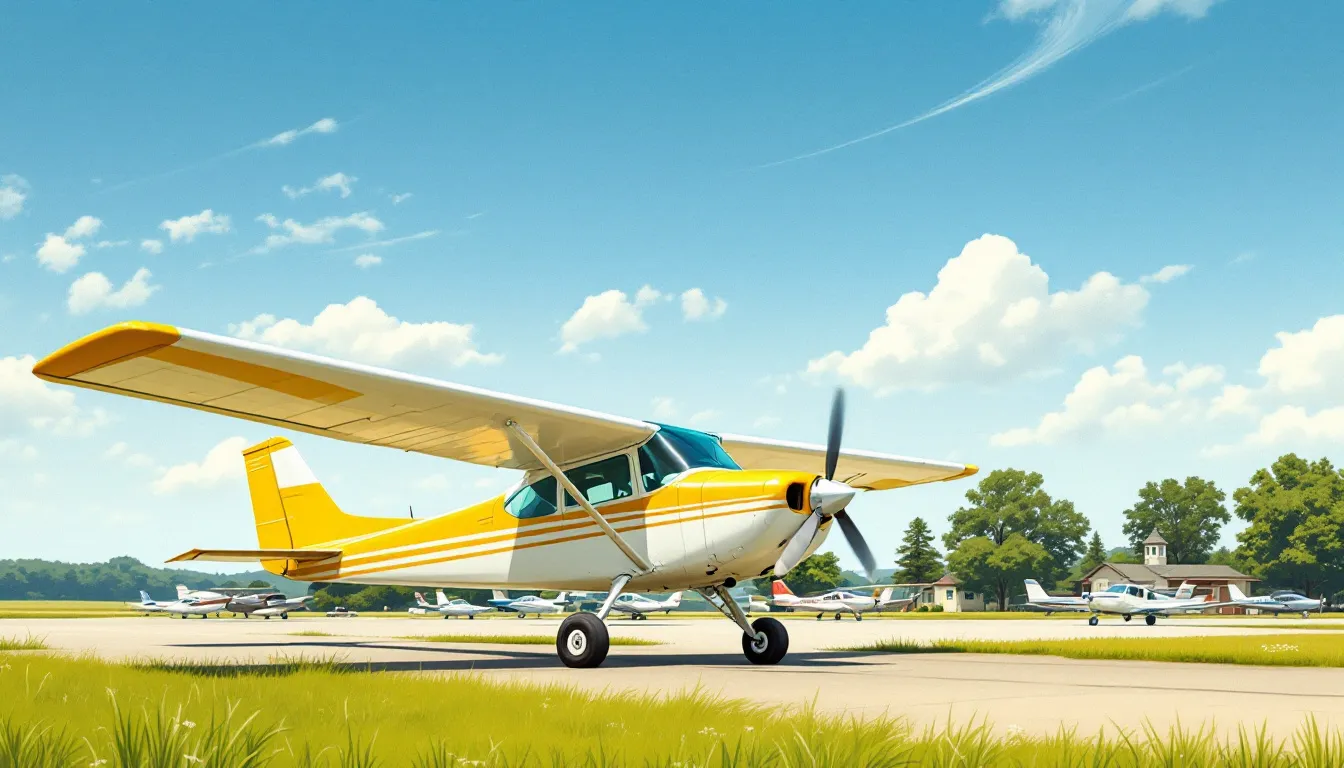
In the world of general aviation, the Cessna 172 stands out from the crowd with more speed and performance. This article will compare the Skyhawk to other aircraft to highlight its benefits and unique features.
In-depth comparisons will be made with the Cessna 152 and Piper PA-28. Going deeper into these comparisons will give you a better understanding of the special attributes that make the Cessna 172 a standout in the aviation world.
Cessna 152 vs. Cessna 172
In terms of speed and versatility the Cessna 172 beats the Cessna 152. It has a top speed of around 140-160 mph while the Cessna 152 cruises at around 110 knots. This extra speed makes the Skyhawk more suitable for training flights and personal flights.
Both planes are popular choices for flight training programs but the Cessna 172’s extra performance and more room in the cabin makes for more comfort and efficiency.
Piper PA-28 vs. Cessna 172
In the world of general aviation, both the 172 and the PA-28 are popular choices. The Skyhawk has more speed and better climb than the PA-28. This is especially noticeable when it’s hot and high.
When it comes to fuel capacity, the 172 has more than the PA-28 so you can fly longer without having to stop for fuel. These attributes make the 172 a more versatile and efficient aircraft for all types of flying.
Historical Context and Evolution
Since its debut in 1956, the Cessna 172 has transformed into an unparalleled model of aircraft with the distinction of being the most Cessna produced aircraft in history.
Originating from its predecessor, the Cessna 170, this incredible aircraft underwent significant design modifications including adopting a fixed tricycle landing gear which considerably improved its takeoff and landing prowess.
Over time, this evolution has been characterized by ongoing enhancements to its speed, performance, and dependability.
Looking at the original production 172 and then modern versions of the 172 shows how much the aircraft has changed over time.
It’s by understanding where it started and how it was refined that we can truly understand why Cessna’s work on this piece of aviation technology is legendary. Knowing its history allows us to appreciate not just how iconic it is but also how enduringly popular.
First Production Model
First introduced in 1956 the first production 172 was powered with a Continental O-300 engine that made 145 horsepower.
This powerplant helped the aircraft’s early performance and set the stage for its future success by allowing it to go up to 163 knots.
The design and capabilities of the first 172 paved the way for improvements. It was the start of what would become a mainstay in general aviation. Over 44,000 have been made since then so it’s a big part of aviation history.
Modern Cessna 172s
The current 172s like the 172S have a 180-horsepower Lycoming IO-360-L2A engine. This has added to the performance and reliability of the earlier models. So these new 172s are more versatile and efficient.
Continuing design and engine improvements have solidified the 172’s place as a popular choice for flight training, private aviation and general aviation. These changes have kept the 172 in the forefront of aviation’s ever changing landscape.
Frequently Asked Questions
What is the top speed of the Cessna 172?
The Cessna 172 has a top speed of approximately 140 knots, equating to about 161 miles per hour.
What is the cruise speed of the Cessna 172?
The Cessna 172 has a cruise speed of roughly 122 knots, which is equivalent to around 140 miles per hour, providing effective and efficient performance for general aviation purposes.
How does the weight and load affect the Cessna 172's performance?
Weight and load affect the Cessna 172 big time. Less speed and less climb ability. Not good for efficiency in general aviation.
When you fly this aircraft make sure to consider these when planning your flights.
What is the service ceiling of the Cessna 172?
The Cessna 172 has a service ceiling of approximately 14,000 feet, making it suitable for a range of flight conditions.
How does the Cessna 172 compare to the Piper PA-28 in terms of performance?
The Cessna 172 beats the Piper PA-28 in speed, climb rate and fuel capacity. This makes it more versatile for various aviation uses.
So it’s the preferred choice among pilots who want better performance.
